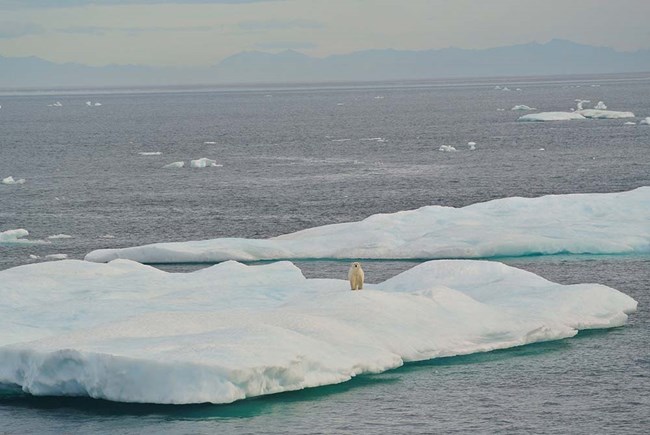
When CO2 is absorbed by seawater, a series of chemical reactions occur resulting in the increased concentration of hydrogen ions. This increase causes the seawater to become more acidic and causes carbonate ions to be relatively less abundant. Carbonate ions are an important building block of structures such as sea shells and coral skeletons. Decreases in carbonate ions can make building and maintaining shells and other calcium carbonate structures difficult for calcifying organisms such as oysters, clams, sea urchins, shallow-water corals, deep-sea corals, and calcareous plankton. Some plankton, terapods, are already exhibiting signs of stress from ocean acidification. Read more about how the Gulf of Alaska is being impacted now by ocean acidification.
These changes in ocean chemistry can also affect the behavior of non-calcifying organisms as well. Certain fishes ability to detect predators is decreased in more acidic waters. When these organisms are at risk, the entire food web may also be at risk. Ocean acidification is affecting the entire world’s oceans, including coastal estuaries and waterways. Many economies are dependent on fish and shellfish and people worldwide rely on food from the ocean as their primary source of protein.
Last updated: March 20, 2024
